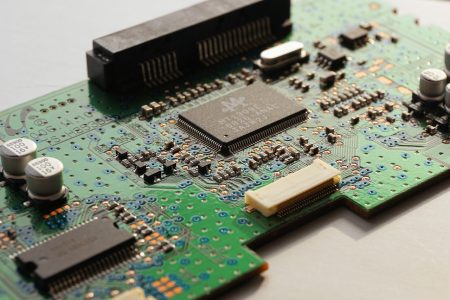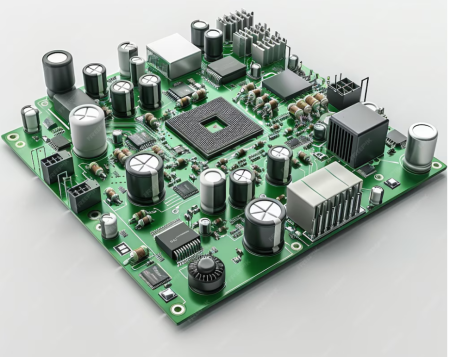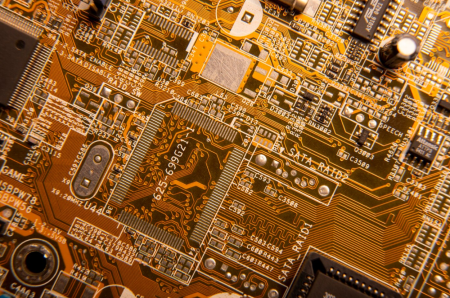- +86-755-23012705
- Building 3, Jinfeng Industrial Park, Fuyong Street, Baoan District, Shenzhen ,China
- [email protected]
Stencils play a critical role in the surface mount technology (SMT) manufacturing process, primarily used for applying solder paste to printed circuit boards (PCBs). While their importance is often acknowledged, a detailed cost analysis can provide valuable insights for manufacturers aiming to optimize their production processes.We will explore the various costs associated with stencils, their impact on overall manufacturing expenses, and strategies for managing these costs effectively.
Before diving into cost analysis, it’s essential to understand what stencils are and how they function in SMT. A stencil is a thin sheet, typically made from stainless steel or nickel, with precise openings that correspond to the pads on a PCB. During the solder paste application process, the stencil is aligned over the PCB, and solder paste is spread across it. The paste fills the openings, ensuring that the correct amount is deposited onto each pad.

There are several types of stencils, each with different costs and applications:
1.Laser-Cut Stencils: These are the most common and are known for their precision. The cost is higher due to the advanced technology used in their production.
2.Electroformed Stencils: Made from nickel, these stencils offer superior durability and fine details. However, they come at a premium price.
3.Hybrid Stencils: Combining features of both laser-cut and electroformed stencils, hybrid stencils provide a balance between cost and performance.
Understanding these types helps manufacturers choose the right stencil for their needs, influencing cost-effectiveness.
The initial cost of a stencil can vary significantly based on material, manufacturing method, and size. Laser-cut stencils typically range from $150 to $500, while electroformed stencils can cost upwards of $1,000. This initial investment is critical, as it affects the overall budget for a manufacturing project.
One of the significant advantages of stencils is their reusability. High-quality stencils can be used for thousands of print cycles, making them a cost-effective choice in the long run. However, their lifespan depends on various factors, including the type of paste used, the frequency of cleaning, and the care taken during handling. Regular maintenance and proper cleaning techniques can extend the life of a stencil, reducing the need for frequent replacements.
Another cost consideration is the potential for production downtime caused by stencil issues. If a stencil is not properly aligned or if it becomes damaged, it can halt the manufacturing process, leading to lost time and increased labor costs. Manufacturers should consider investing in high-quality stencils that minimize the risk of such disruptions.
Labor costs are another factor in the overall cost analysis of stencils. Skilled operators are required to handle and maintain stencils properly. Training employees to effectively use and care for stencils can incur additional costs but is necessary for optimizing production efficiency.
Managing stencil inventory is crucial for cost control. Keeping an excess of stencils may lead to unnecessary expenses, while inadequate inventory can result in production delays. Implementing a just-in-time (JIT) inventory strategy can help manufacturers balance the costs associated with purchasing and storing stencils.

Selecting the appropriate type of stencil for the specific application is vital. While laser-cut stencils are popular for their precision, electroformed stencils may be more suitable for high-volume production with finer features. Conducting a thorough analysis of the production requirements can lead to better cost efficiency.
Implementing a regular maintenance schedule for stencils can significantly extend their lifespan. Simple practices such as proper cleaning after each use and careful handling can prevent damage and reduce replacement costs.
Establishing strong relationships with stencil suppliers can lead to better pricing and terms. Suppliers may offer discounts for bulk purchases or provide support in optimizing stencil usage, helping to further reduce costs.

The cost analysis of stencils in SMT manufacturing reveals several critical factors that influence overall expenses. By understanding the types of stencils, their costs, and effective management strategies, manufacturers can make informed decisions that enhance productivity while controlling expenses. Investing in quality stencils and maintaining them properly not only improves manufacturing efficiency but also contributes to the long-term profitability of the operation. As the industry continues to evolve, staying informed about stencil technology and cost management practices will be essential for success in the competitive landscape of SMT manufacturing.
Discover a World of Possibilities with XPCB LimitedAt XPCB Limited, we’re here to help you explore new horizons. Our advanced PCB manufacturing, rapid prototyping, and turnkey PCBA solutions make it easy for you to turn your ideas into reality. Trust us to deliver excellence and reliability every step of the way. Join us and experience the power of innovation with XPCB Limited by your side.






XPCB Limited is a premium PCB & PCBA manufacturer based in China.
We specialize in multilayer flexible circuits, rigid-flex PCB, HDI PCB, and Rogers PCB.
Quick-turn PCB prototyping is our specialty. Demanding project is our advantage.
Tel : +86-136-3163-3671
Fax : +86-755-2301 2705
Email : [email protected]
© 2024 - XPCB Limited All Right Reserve
